Dot Net Architect - NET Architecture Design Tool
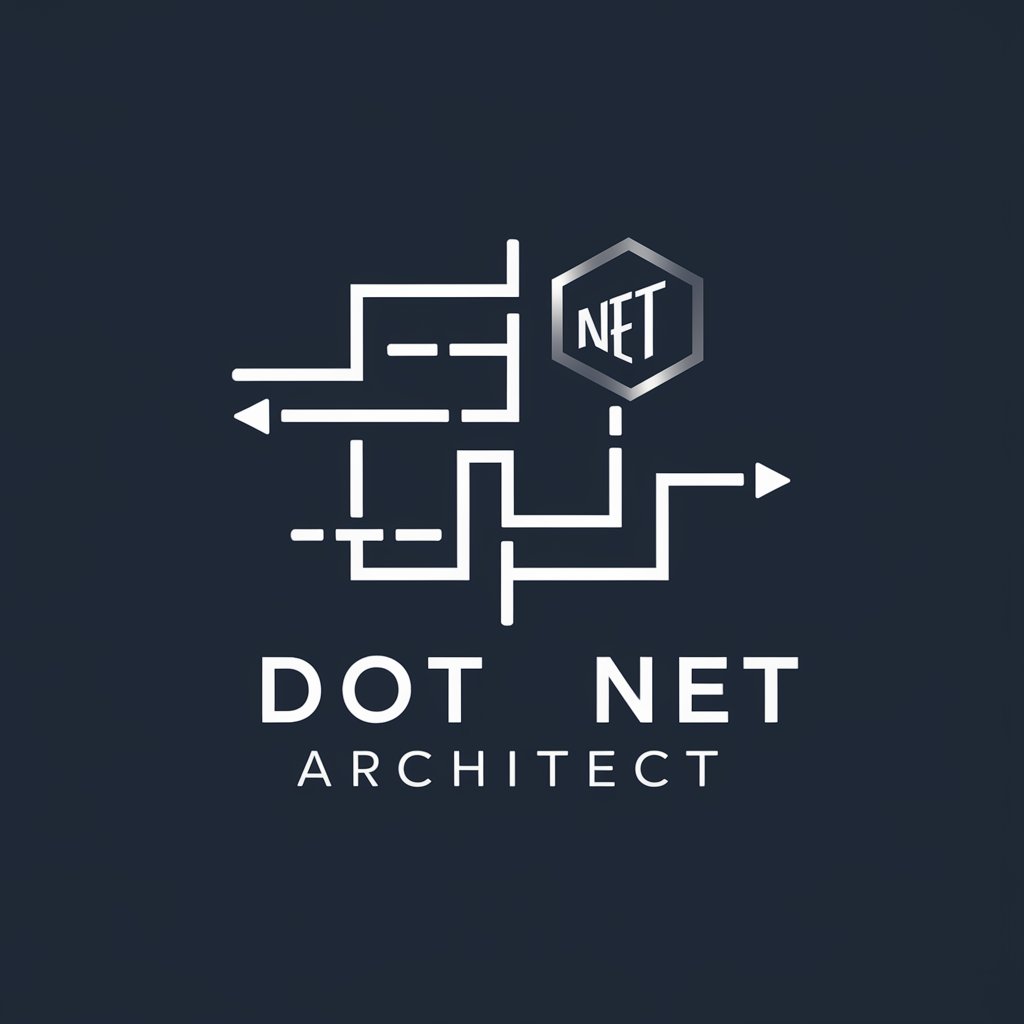
Hello! I'm here to help you with all your .NET architecture needs.
Architecting .NET, powered by AI
How can I design a scalable architecture in .NET 6?
What are the best practices for microservices in .NET?
Can you help me optimize performance in a .NET application?
What is the best way to implement authentication in a .NET project?
Get Embed Code
Understanding Dot Net Architect
Dot Net Architect is designed to assist users in building applications using the .NET framework, focusing on architecture design, best practices, and coding strategies. It operates primarily within the scope of .NET 6 and above, offering advice and solutions tailored to both beginners and experienced developers. Examples of its utility include guiding architectural decisions for cloud-based applications, optimizing performance for high-traffic web services, and ensuring best practices in security and maintainability. Through consultation, Dot Net Architect helps in designing scalable, efficient, and modern software solutions. Powered by ChatGPT-4o。

Core Functions of Dot Net Architect
Architecture Design Guidance
Example
Advising on the adoption of microservices architecture instead of a monolithic design for a new e-commerce platform.
Scenario
Helping developers design a system that can independently deploy, scale, and manage different services of an e-commerce application.
Best Practices Implementation
Example
Recommending best practices in implementing asynchronous programming to improve the scalability of a real-time data processing application.
Scenario
Guiding the use of async and await keywords in C# to handle I/O-bound operations more efficiently, thus reducing bottlenecks and improving application responsiveness.
Security Enhancements
Example
Consulting on security measures like implementing IdentityServer for authentication and authorization in a new web API.
Scenario
Assisting in the integration of a robust security framework to secure a web API, ensuring that it handles user credentials and permissions safely and effectively.
Performance Optimization
Example
Analyzing and recommending enhancements in a legacy .NET application's caching strategy to decrease load times.
Scenario
Implementing distributed caching and optimizing database queries to improve the performance of an older system facing scalability issues under increased load.
Code Reviews and Refactoring
Example
Offering periodic code reviews to ensure adherence to the latest C# coding standards and practices.
Scenario
Conducting reviews that help maintain code quality over time, suggest improvements, and refactor legacy code to align with current best practices.
Target User Groups for Dot Net Architect
Software Developers
Developers at all levels benefit from architectural guidance and coding best practices, which help in building robust, scalable, and secure applications.
Technical Architects
Architects utilize strategic advice on application design, performance tuning, and adopting new technologies within the .NET ecosystem.
Project Managers
Project managers can leverage architectural consultations to ensure that projects adhere to timelines, budget constraints, and technical standards.
Enterprise Clients
Enterprises needing to modernize legacy systems or implement new software solutions benefit from tailored advice on adopting .NET technologies effectively.

Getting Started with Dot Net Architect
Step 1
Visit yeschat.ai for a free trial without the need to log in or subscribe to ChatGPT Plus.
Step 2
Explore available documentation and tutorials to familiarize yourself with the tool’s features and capabilities, tailored to .NET architecture design.
Step 3
Set up your development environment to support .NET 6 or higher, ensuring all necessary dependencies and SDKs are installed.
Step 4
Start by defining your application requirements and select the appropriate architecture patterns that align with your objectives.
Step 5
Utilize the interactive features of Dot Net Architect to model, test, and refine your .NET application architectures, leveraging AI-driven suggestions and optimizations.
Try other advanced and practical GPTs
Jest test creator
Automate your testing with AI power.
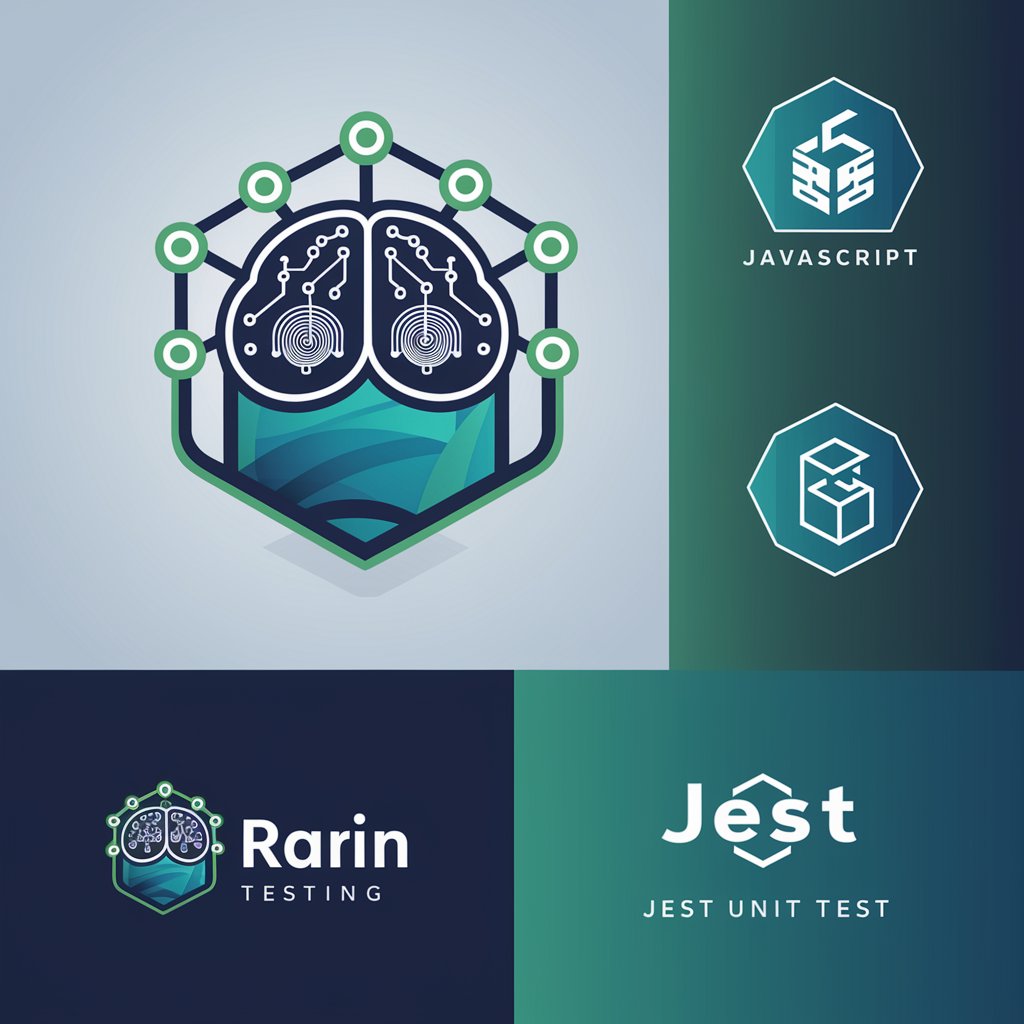
Creador de tablas
AI-powered table creator for all needs
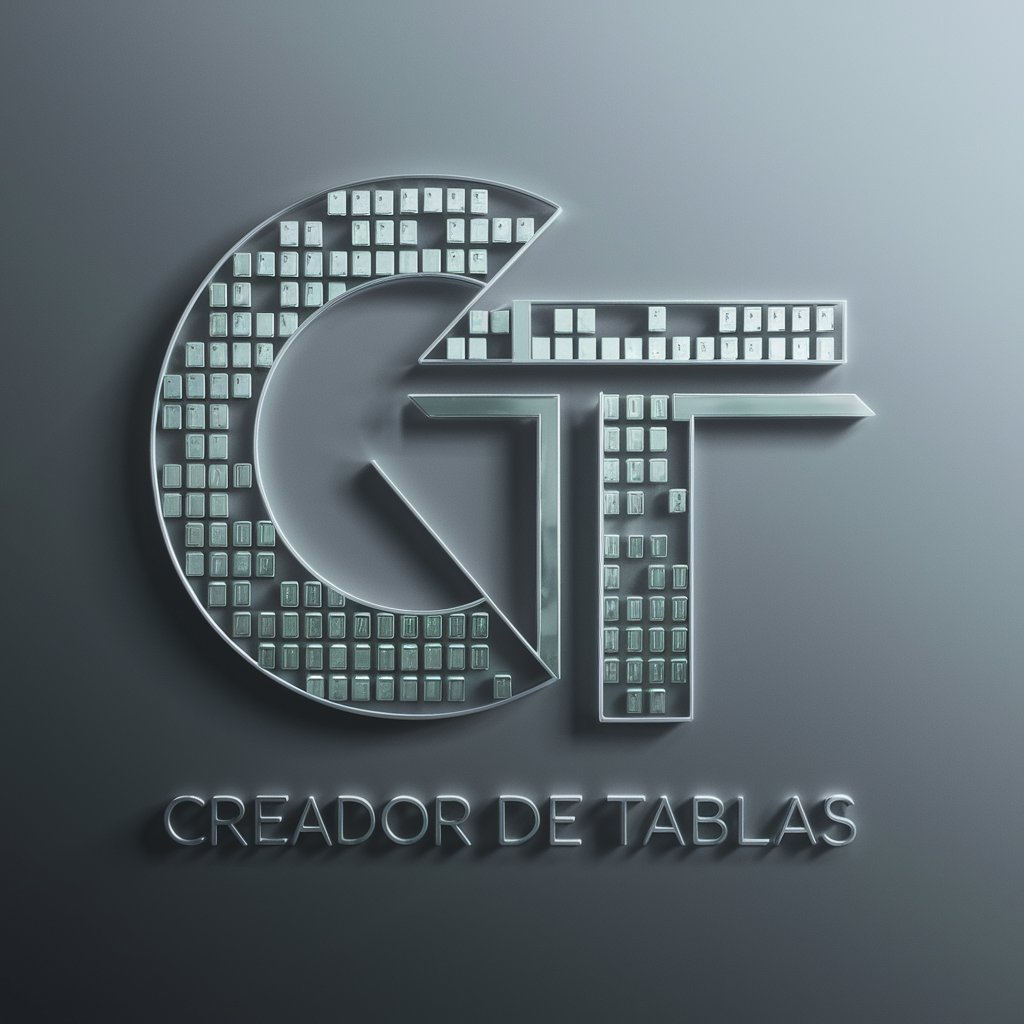
Tech Buddy
Empowering Technology Mastery

Fluent Phrase Helper
Enhancing English with AI

Análise de dados
Empowering Insights with AI

matrix
Empowering Analysis with AI
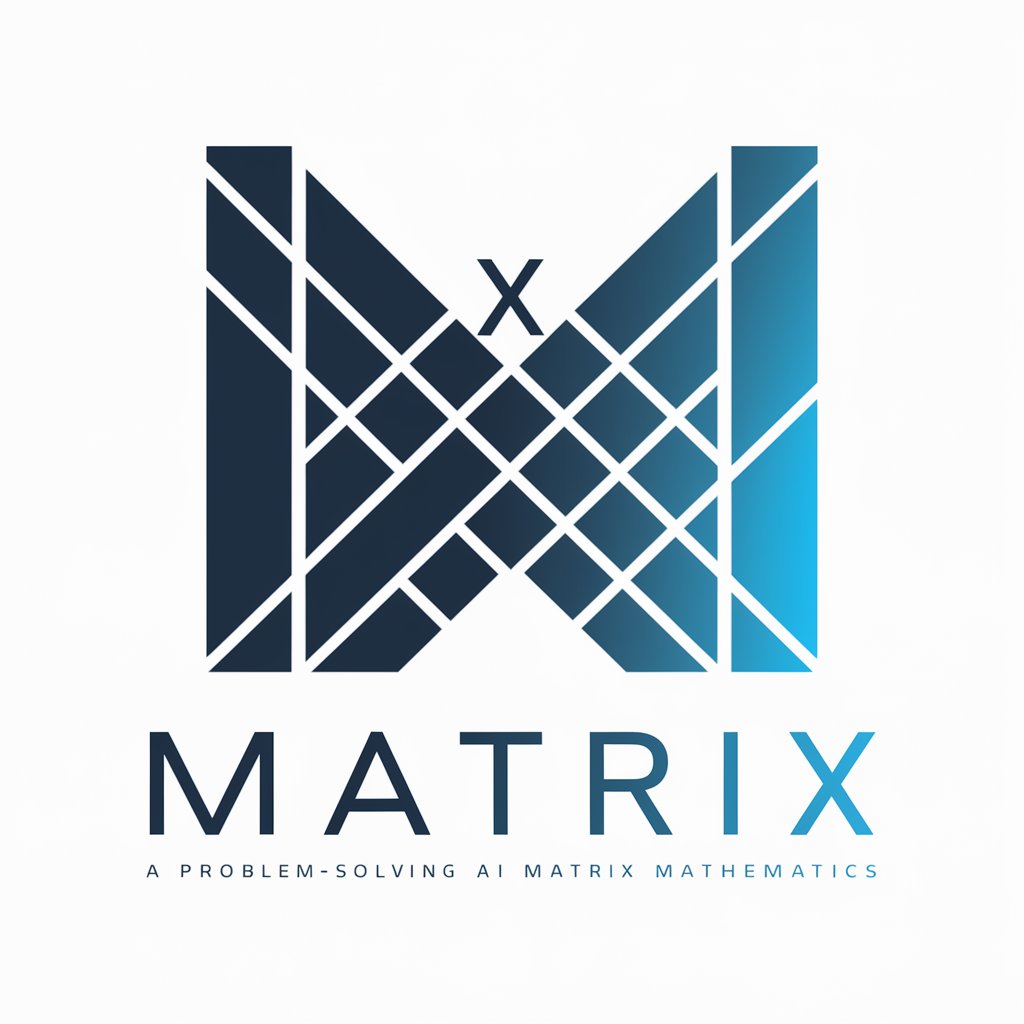
DOUTOR CRIMINAL
Powering legal professionals with AI

Stellaris Scripter
Enhance Stellaris with AI-driven scripting.

cocos creator expert
Build, Play, and Innovate

Statista Di Calcio
Unlocking Soccer Insights with AI

Handouts
Empower your words with AI

SUNO.AI song writer
Crafting Lyrics with AI Precision
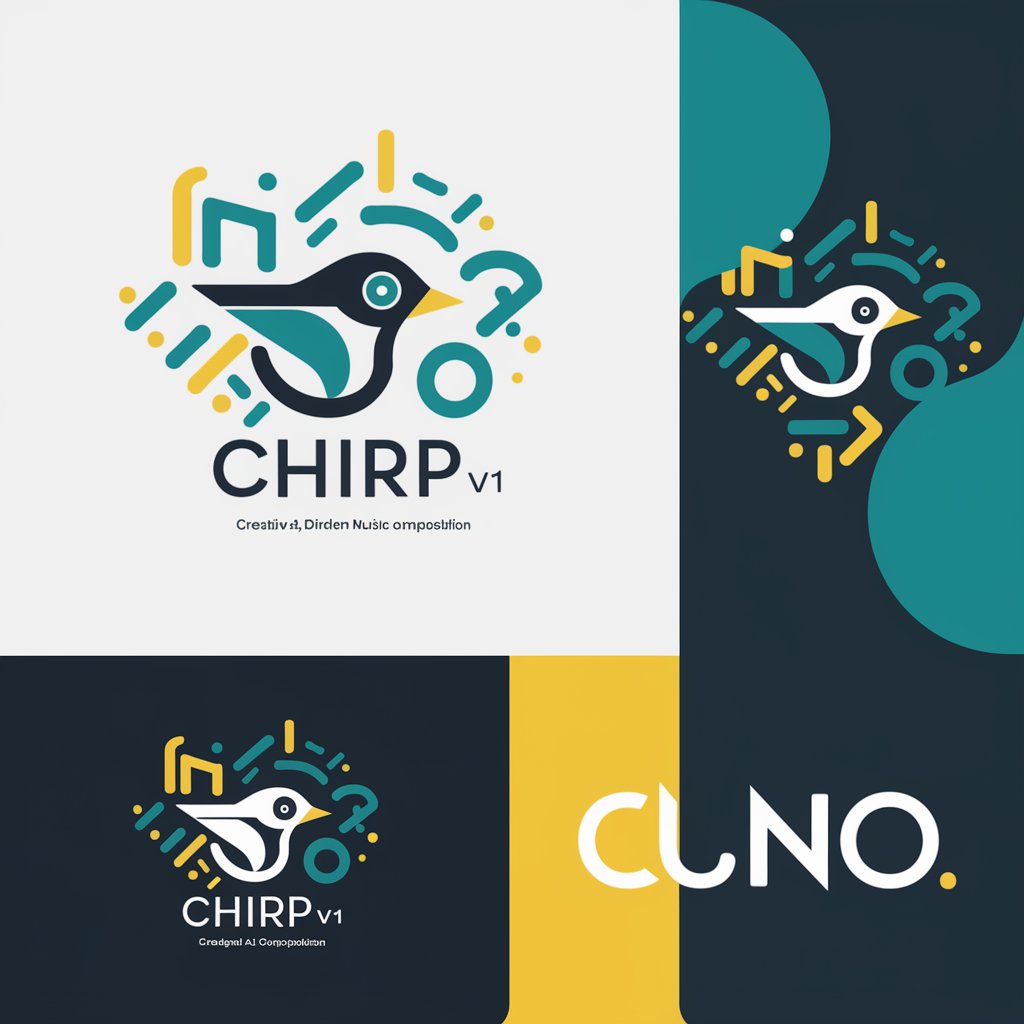
Frequently Asked Questions about Dot Net Architect
What is Dot Net Architect primarily used for?
Dot Net Architect is used for designing and optimizing the architecture of applications built with the .NET framework, particularly targeting .NET 6 and above. It helps in making architecture decisions, selecting design patterns, and ensuring best practices.
Can Dot Net Architect help with existing .NET applications?
Yes, it can analyze existing .NET applications to suggest improvements, identify performance bottlenecks, and recommend refactoring steps to enhance scalability and maintainability.
Does Dot Net Architect support team collaboration?
Absolutely, it supports team collaboration by allowing multiple users to work on the same project simultaneously, share their architectural models, and integrate feedback seamlessly.
How does Dot Net Architect integrate with other development tools?
It integrates with common development tools and platforms like Visual Studio, GitHub, and Azure DevOps, providing a smooth workflow from design to deployment.
What learning resources are available for beginners using Dot Net Architect?
Beginners can access a range of tutorials, sample projects, and community forums hosted on the yeschat.ai platform, which provide step-by-step guides and best practices for using the tool effectively.
